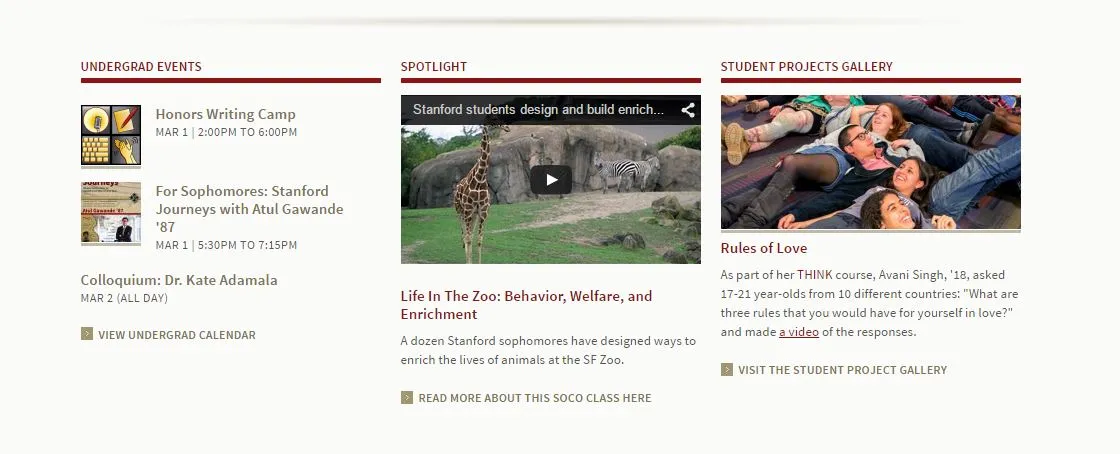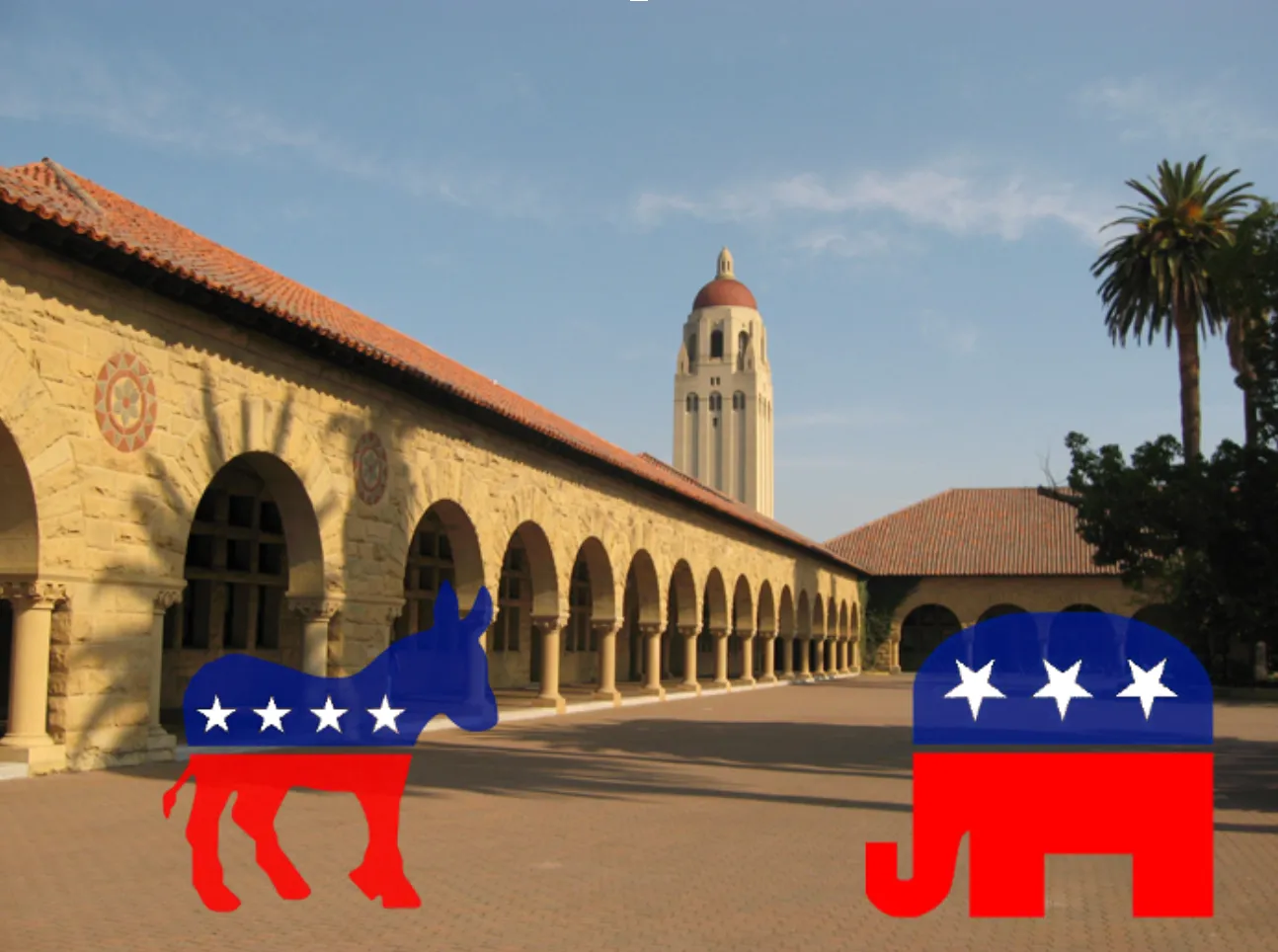Table of Contents
This is a continuation of my series “The Other Senate” about the reports and goings-on of the Faculty Senate. Search “the other senate” to find the other articles.
Recently, news outlets ranging from the local to the national have all been running the same story: (introductory) Stanford computer science classes are where the cheaters go to hang out. In particular:
[C]omputer science students represent 6.5 percent of Stanford’s student body, [but] last year those students accounted for 23 percent of the university’s honor code violators.
Historically, the numbers have been even worse. The percent of honor code violations stemming from computer science courses has ranged up to 60 percent. When you have just over 6 percent of students committing 60 percent of offenses, it’s clear that something is going on. But what is? There are a few explanations floating around:
-
Computer programming is uniquely frustrating. To quote R.J. Walsh, a Stanford junior (and former member of Frosh Council!), “CS is not like an English paper where you can just turn it in and there’s not a way to say if it’s a good paper or not. At 3 a.m, you can be looking a program and definitively say that it’s not going to work.” You can’t turn it in and go for the pity B; you know it’s not functional. This leads to intense frustration and the urge to cheat. A corollary to this idea is the fact that a student outside of CS who stumbles on a great idea can use that idea in his paper, just by adding a footnote. A CS student who looks around for ideas and finds a great section of code can’t do the same.
-
Computer programming attracts a lot of international students, some of whom come from cultures where cheating is a much more nebulous concept. In speaking with an international student about honor code violations, he expressed this concern.
-
Cheating in computer programming is easy to catch. This explanation argues that the statistics mostly reflect the fact that CS students are caught at higher rates, not that they cheat at much higher rates. All programs are put through a program that looks at past projects and other code sources to determine if part (or more) of a student’s project was copied. This is much easier to detect than, for example, a lifted passage from a library book (and as far as I am aware, most humanities classes do not run papers through plagiarism detection programs, although I may be wrong).
What do I think? It’s almost certainly a combination of factors, but theories 1 and 3 seem most plausible. I sincerely doubt that all incidences of plagiarism outside of CS are caught at the same rate as in CS, but I also doubt that it occurs as much. Data from the Faculty Senate minutes actually disproves the second hypothesis, as Dean Chris Griffith said that “There is a misconception about international students. Every year for the last ten years, they are represented less—not more– than they are in the general student population.”
So, after all of this, why did I add this to my “The Other Senate” series? Well, the honor code was the subject of much discussion at last faculty senate meeting. (The Daily appears to have stepped up its coverage, so I will brief(er).)
Professor Eric Roberts discussed the history of the Honor Code, whose latest form resulted from a combination of faculty frustration at the inability to prosecute cheaters and student feeling of a lack of ownership in the process.
Dean Chris Griffiths broke down statistics about the honor code. The most powerful is the fact that faculty members and TAs made up 94 percent of reports of violations in 2008-2009 (and faculty members are 83 percent alone, although I would imagine that the fact that they report cases of CS programs that fail the program test inflates this a bit). Students almost never come forward with cases.
Varun Sivaram and Eric Osborne reported on student perceptions of the honor code. Sivaram focused on student views of the code, while Osborne looked at the sources of graduate violations. In particular he emphasized that TA reports might be low because of lack of desire by faculty mentors to deal with a case.
Also, as I am wont to do, I will also include my favorite quotes from the minutes. Here is a great exchange about student preferences at Stanford versus those of its peer institutions:
Richard Saller, Dean of Humanities and Sciences noted that he “couldn’t help but note that Stanford students participate less in the arts and more in the fitness or weight room by self-report. So if you’re looking for a way to distinguish our students from Harvard, Princeton, Yale, and MIT, that would have to be it.”
President Hennessy remarked, “This is the provost’s fault, of course.”
Provost Etchemendy [a noted fitness buff] nodded, “I knew someone was going to say that.” [emphasis added]
Also, included was the following definition of fetish “an object regarded with awe as being the embodiment of a potent spirit,” to promote avoid confusing people who saw the quote “beware fetishizing rankings.”







